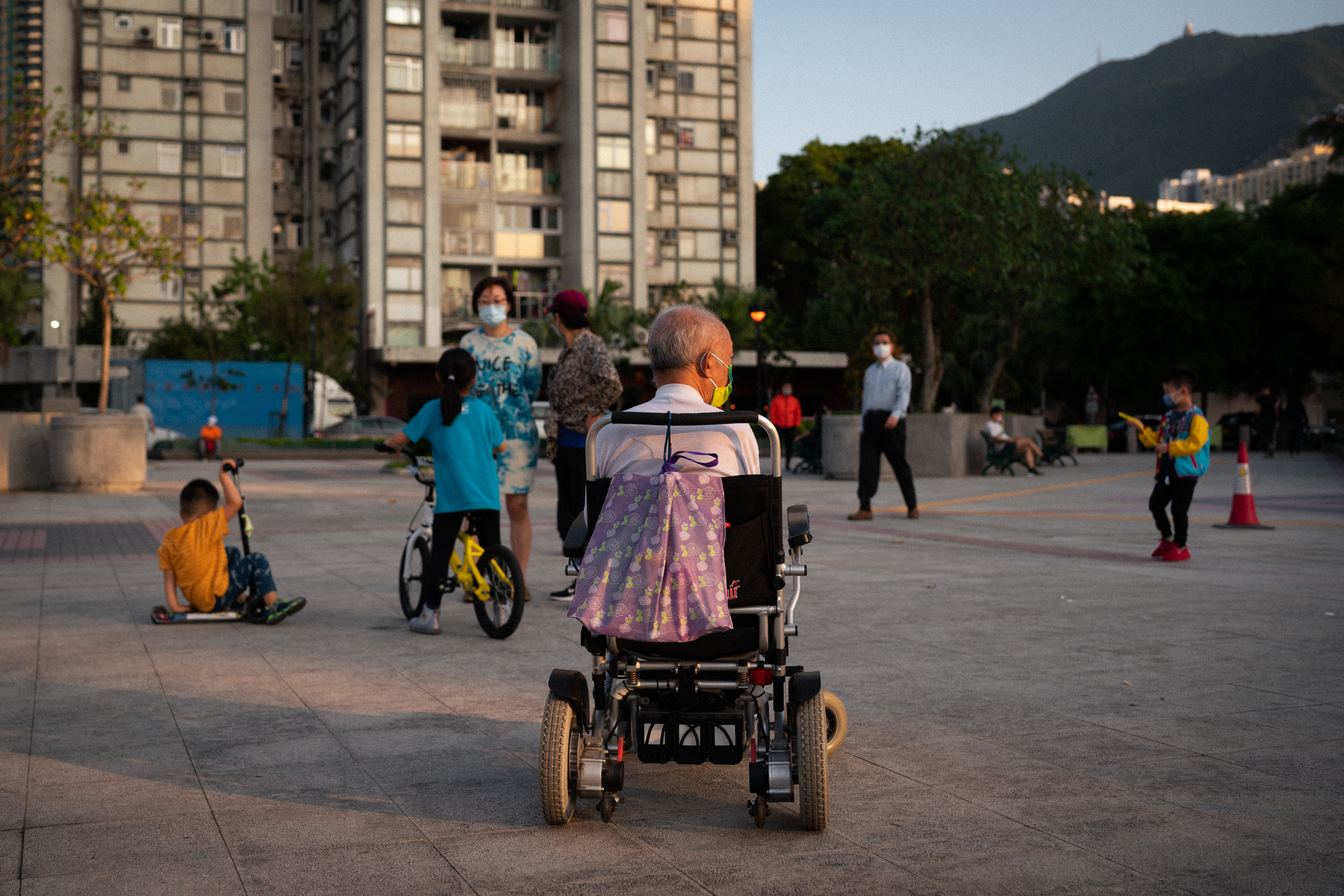Uneven steps, a lack of elevators, audio-visual overwhelm: navigating the city as a person with disabilities can be challenging. The UN Sustainable Development Goal 11 (SDG11) – which calls for more inclusive, safer, and more sustainable cities — reflects these issues by advocating that cities to be designed in a way that is disability-inclusive and age-friendly. Actions can include providing access to safe, affordable, accessible, and sustainable transport systems for all, improving road safety, and paying special attention to the needs of those in vulnerable situations.
On Wednesday, October 12th, the Local4Action track at UCLG’s World Congress in Daejeon brings together the voices of civil society to share recommendations and experiences. A human rights-based approach to equity and the inclusion of persons with disabilities and older persons is important to center human experiences and ensure that actionable information and clear recommendations are delivered.
One of the tools presented at the Congress is the resource ”Accessibility GO! A Guide to Action” created by the World Blind Union and CBM Global Disability. According to the authors, “this unique and practical resource guides any type of organization on how to integrate accessibility into standard practice.” The Guide provides self-assessment tools for municipal governments to evaluate their current accessibility standards and to inform future actions.
The Global Initiative for Inclusive ICTs presents another tool to make cities more accessible: a model policy to ensure a rights-based public procurement of ICTs. Since public procurement can serve as a vehicle for the localization of human rights, local and regional governments can use their purchasing power to advance the rights and the digital inclusion of persons with disabilities and older persons. The model policy is currently being piloted by local governments across the globe.
Creating accessible cities also lays the groundwork for the next generations of leadership. The World Health Organization’s ”Age-friendly world” project with its Global Network for Age-friendly Cities and Communities is another valuable resource for cities to engage all ages. Input from children and adolescents with disabilities are key, particularly in education systems, where bullying can disproportionately impact children with disabilities. The campaign “Good treatment in schools, from children and adolescents with disabilities to their classmates” is concerned with creating positive school experiences for students with disabilities.
The Accessibility Caucus – Stocktaking & ways forward: Towards more disability-inclusive and age-friendly cities brought together civil society representatives to share their thoughts and recommendations on how best to embed a rights-based approach to the inclusion and equity of persons with disabilities and older persons in the decision-making process. The real-life experiences and stories underscored the need for a more inclusive social contract to be drafted – one which will address current challenges using a rights-based approach focused on leaving no one and no place behind. The guiding principle of “Leave No-one Behind” is also being implemented at the UCLG Congress itself. Accessible spaces, sign language and translation, geographically diverse international panelists including women, youth, older persons, and persons with disabilities are examples of how UCLG is striving to promote and improve accessibility and inclusion.

